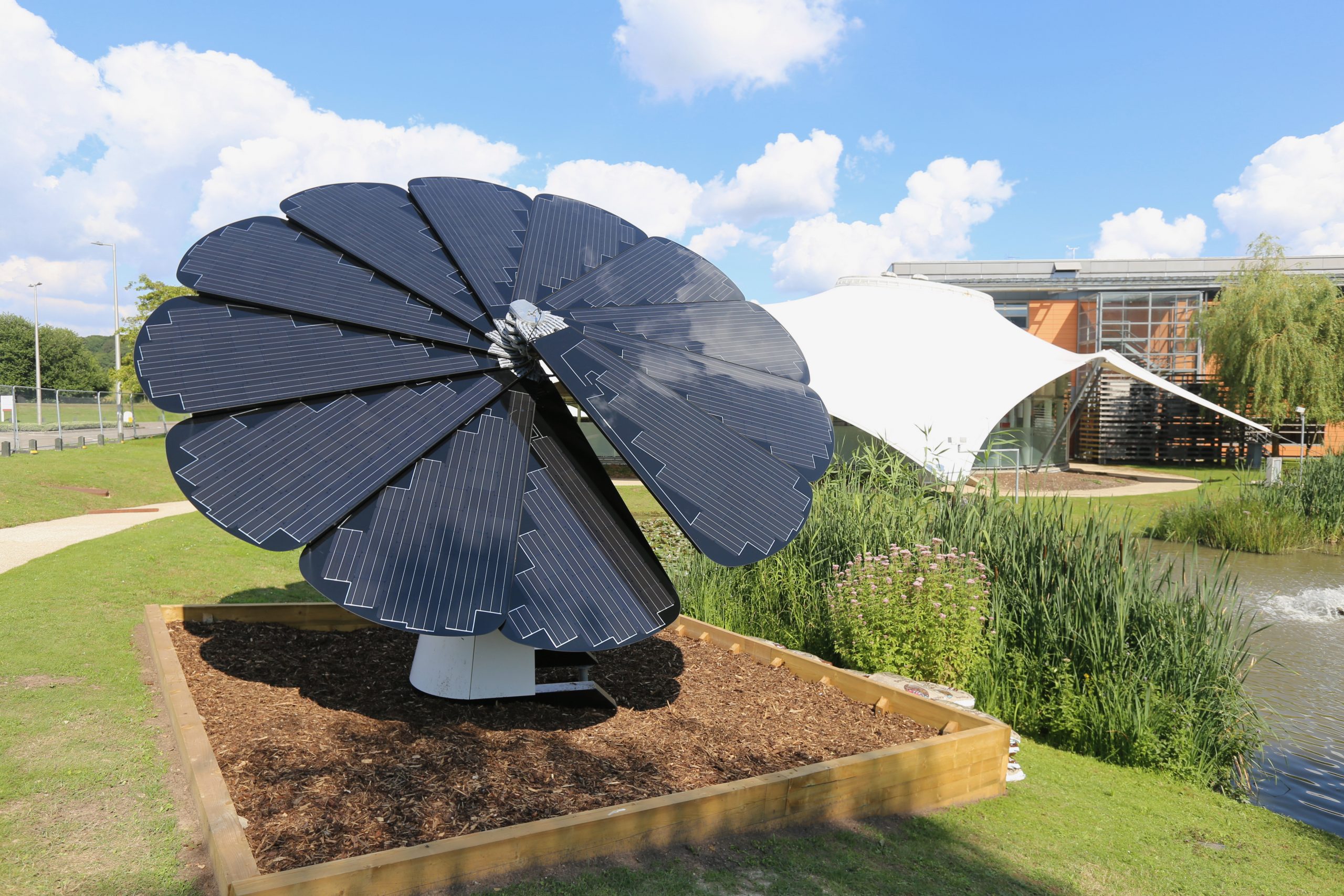SCCN Blogs
Net Zero: What, Why, When and How
I plan to write series of articles , one in each of 'Globally Smart' bulletin on What , Why, When and How to be Net Zero. It would include why Universtieis must become Net Zero for the world to become Net Zero. Here is the first of the four articles:
What is net zero?
Our planet is heated by the Sun . Part of that heat is radiated back to the atmosphere.Green House Gases (GHGs) like carbon dioxide, methane and four otherstrap thatheat radiated from the Earthto keep the planet's temperature to sustain the life on the Earth.
Due to human activities, particularly after industrial revolution, more GHGs is emitted in the atmosphere than there removal thereby accumulating more GHGs that trap more heat radiated from the Earth-resulting in Global Warming-climate change.
Not allowing the Green House Gases (GHGs) to accumulate in the atmosphere to the level beyond which global average temperature rises and disturbs the natural balance will sustain the life on the earth.
The science of global warming, as per reports of United Nations Intergovernmental Panel on Climate Change ( IPCC), clearly shows that in order to avert the worst impacts of climate change and to preserve a liveable planet, global temperature increase needs to be limited to 1.5°C above pre-industrial levels of late 1800s.Today the rise in temperature is poised to cross 1.5°C and emissions continue to rise. We are at the threshold of climate crisis.
The immediate need is reduce GHGs (mainly Carbon Dioxide and Methane) by 45% by 2030 and reach net zero by 2050 was stressed in Paris climate agreement of 2015. All the countries agreed to this decision.
To achieve the state of Net Zero' requires reducing the emissions of GHGs to such a level that their removal from the atmosphere by offsetting or by natural means does not allow rise and accumulation of of GHGs. Not allowing GHGs to rise stops further rise in global warming.
Transitioning to a net-zero world is one of the greatest challenges humankind has faced. It calls for nothing less than a complete transformation of how we produce, consume, and move about.
The energy producing and consuming sector is the source of around three-quarters of greenhouse gas emissions today and holds the key to averting the worst effects of climate change. Replacing polluting coal, gas and oil-fired power with energy from renewable sources, such as wind or solar, would dramatically reduce carbon emissions.
End of Part 1.
When you subscribe to the blog, we will send you an e-mail when there are new updates on the site so you wouldn't miss them.







Comments